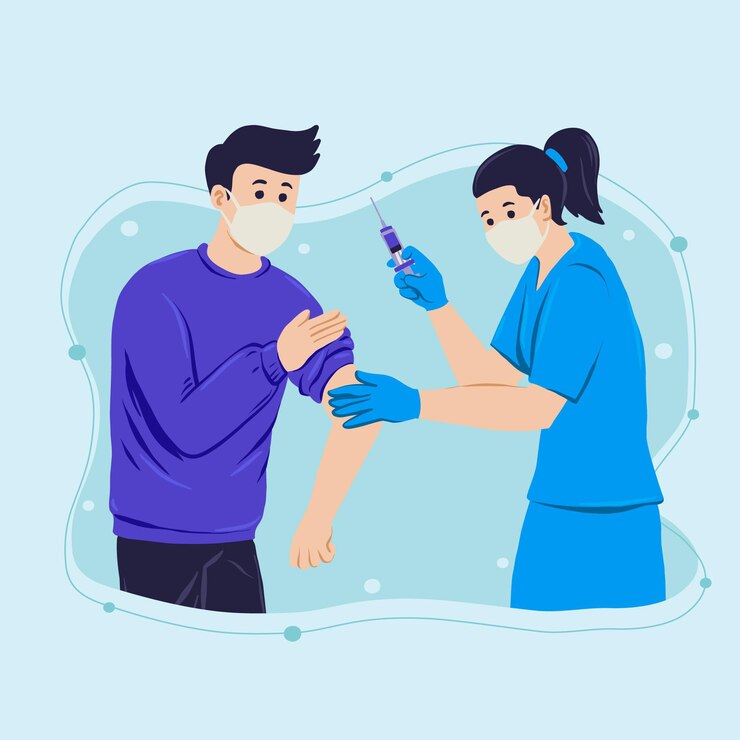
Managing Seborrheic Contact Dermatitis: Treatment Options Simplified
Dealing with Seborrheic Contact Dermatitis: Treatment Options for Relief
Seborrheic contact dermatitis can be bothersome, but effective treatments are available to help you manage this skin condition. Let’s explore some of the best treatment options, including topical steroids, antifungals, and barrier creams.
1. Topical Steroids: Soothing Inflammation
Topical steroids are often the first line of defense. These medications help reduce inflammation and alleviate itching. Your doctor may prescribe a mild to moderate steroid cream or ointment, which you’ll apply directly to the affected areas. These steroids come in different strengths, so your doctor will select the right one based on the severity of your dermatitis.
Why Choose Topical Steroids?
Topical steroids can provide fast relief, reducing redness and irritation. They are especially effective for treating flare-ups when inflammation is at its peak.
2. Antifungals: Combat Yeast Overgrowth
In some cases, seborrheic contact dermatitis is caused by yeast overgrowth on the skin. Antifungal medications help target and eliminate this yeast, providing relief from symptoms like redness, flakiness, and irritation. Your doctor may recommend antifungal creams or shampoos with active ingredients like ketoconazole or selenium sulfide to treat the root cause of the dermatitis.
Why Antifungals Work?
These treatments target the fungus that may be contributing to the condition, helping restore balance to the skin and prevent future flare-ups.
3. Barrier Creams: Protecting Your Skin
Barrier creams serve as a protective layer for your skin. They form a shield between your skin and potential irritants or allergens, helping prevent flare-ups of seborrheic contact dermatitis. Look for barrier creams enriched with ingredients like petrolatum or dimethicone, which help lock in moisture and protect the skin’s natural barrier.
The Benefits of Barrier Creams
By forming a protective barrier, these creams can help keep your skin hydrated and safe from irritants, reducing the frequency of flare-ups.
Conclusion: Managing Seborrheic Contact Dermatitis
Managing seborrheic contact dermatitis doesn’t have to be overwhelming. With the right treatment approach, you can reduce flare-ups and maintain healthy, clear skin. Topical steroids, antifungals, and barrier creams are all valuable tools in your skincare regimen. Always follow your doctor’s advice, and be patient. Finding the best treatment may take time, but consistency will help you achieve long-term relief.
To seek medical advice, always consult a Doctor. Here are our recommended EXPERTS. Click here
To read more on SKIN. Click Here


